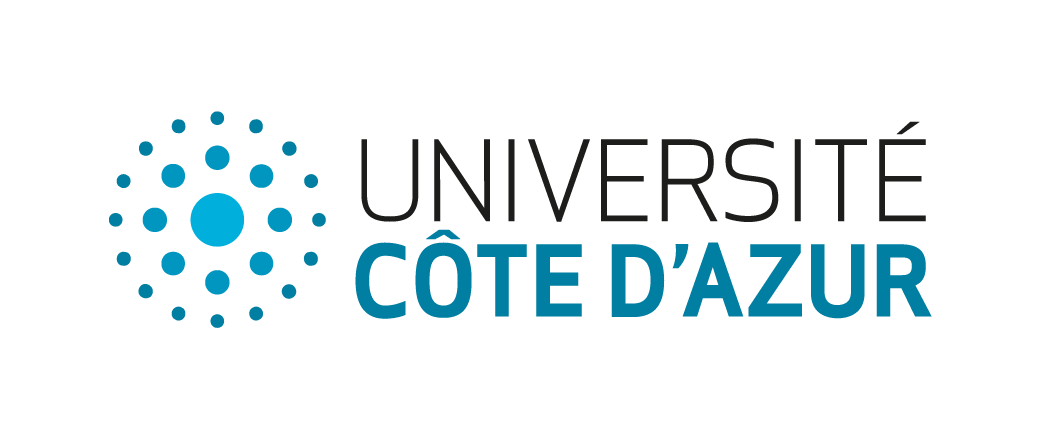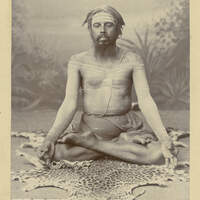 Hommes pieux récitant les prières de Vichenou avec la musique indienne. Pondichéry. Hommes pieux récitant les prières de Vichenou avec la musique indienne. Pondichéry. |
Sujet
|
Image fixe
|
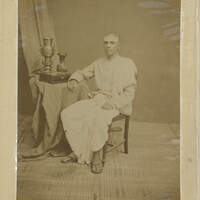 Type malabar prêteur d'argent Type malabar prêteur d'argent |
Sujet
|
Image fixe
|
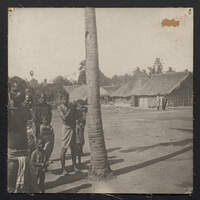 [Sans titre] [Sans titre] |
Sujet
|
Image fixe
|
 [Sans titre] [Sans titre] |
Sujet
|
Image fixe
|
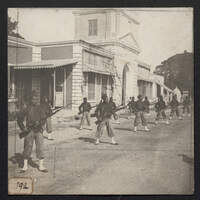 [Sans titre] [Sans titre] |
Sujet
|
Image fixe
|
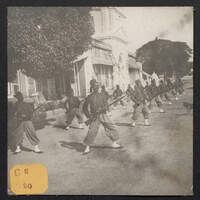 [Sans titre] [Sans titre] |
Sujet
|
Image fixe
|
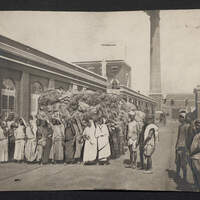 [Sans titre] [Sans titre] |
Sujet
|
Image fixe
|
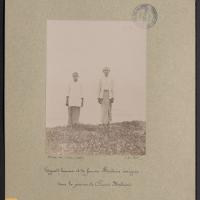 Mission au Siam (1893) : Types d'homme et de femme Hindous émigrés dans la péninsule Siamo Malaise. Mission au Siam (1893) : Types d'homme et de femme Hindous émigrés dans la péninsule Siamo Malaise. |
Sujet
|
Image fixe
|
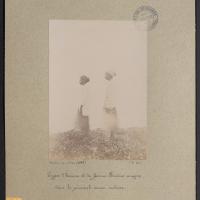 Mission au Siam (1893) : Types d'homme et de femme Hindous émigrés dans la péninsule siamo-malaise. Mission au Siam (1893) : Types d'homme et de femme Hindous émigrés dans la péninsule siamo-malaise. |
Sujet
|
Image fixe
|
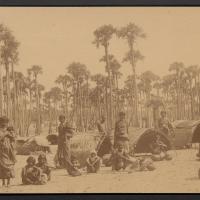 Inde Inde |
Sujet
|
Image fixe
|
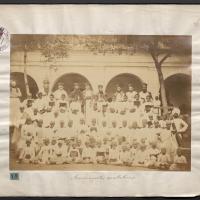 Séminaristes malabars Séminaristes malabars |
Sujet
|
Image fixe
|
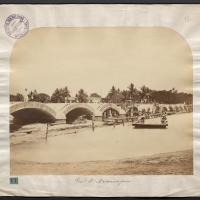 Pont d'Ariancoupan Pont d'Ariancoupan |
Sujet
|
Image fixe
|
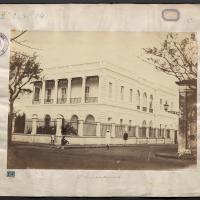 Cour impériale Cour impériale |
Sujet
|
Image fixe
|
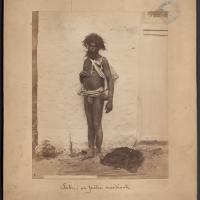 Fakir, ou prêtre mandiant Fakir, ou prêtre mandiant |
Sujet
|
Image fixe
|
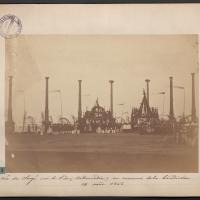 Entrée du clergé sur le Pier (débarcadère) au moment de la bénédiction. 14 août 1866 Entrée du clergé sur le Pier (débarcadère) au moment de la bénédiction. 14 août 1866 |
Sujet
|
Image fixe
|
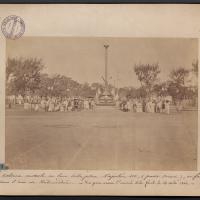 La colonne centrale au bout de la place Napoléon III, (partie ouest), en face et dans l'axe du débarcadère . - Vue prise avant l'arrivée de la foule le 14 août 1866. - La colonne centrale au bout de la place Napoléon III, (partie ouest), en face et dans l'axe du débarcadère . - Vue prise avant l'arrivée de la foule le 14 août 1866. - |
Sujet
|
Image fixe
|
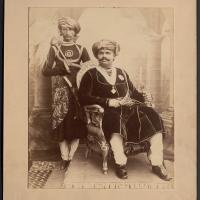 Le Maharajah de Blownuggur ou Bhaounaggar (Inde anglaise) Le Maharajah de Blownuggur ou Bhaounaggar (Inde anglaise) |
Sujet
|
Image fixe
|
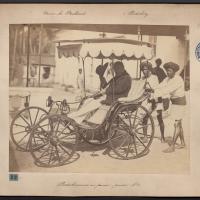 Usine A. Bulliard à Pondichéry. Pondichérienne ou pousse-pousse. N°2 Usine A. Bulliard à Pondichéry. Pondichérienne ou pousse-pousse. N°2 |
Sujet
|
Image fixe
|
 Banian prenant son repas Banian prenant son repas |
Sujet
|
Image fixe
|
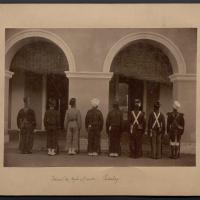 Costume des cipahis à l'arrière (Pondichéry) Costume des cipahis à l'arrière (Pondichéry) |
Sujet
|
Image fixe
|
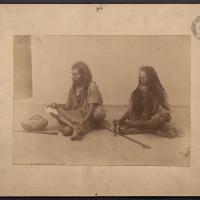 Group of fakirs, Bombay Group of fakirs, Bombay |
Sujet
|
Image fixe
|
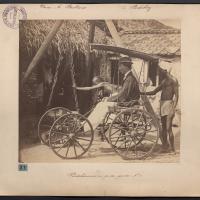 Usine A. Bulliard à Pondichéry. Pondichérienne ou pousse-pousse. N°1 Usine A. Bulliard à Pondichéry. Pondichérienne ou pousse-pousse. N°1 |
Sujet
|
Image fixe
|
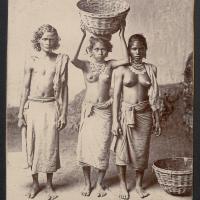 Caste malabare Caste malabare |
Sujet
|
Image fixe
|
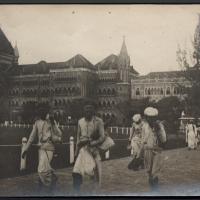 Bombay Bombay |
Sujet
|
Image fixe
|
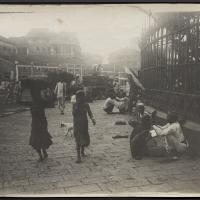 Bombay Bombay |
Sujet
|
Image fixe
|
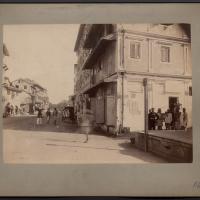 No. 4. - A Plague house in Kalbadevi Road, Bombay. The plain circles represent death from Plague. The circles with a cross within denote death reported as from others maladies. It is probable that many of the latter were Plague cases falsely reported No. 4. - A Plague house in Kalbadevi Road, Bombay. The plain circles represent death from Plague. The circles with a cross within denote death reported as from others maladies. It is probable that many of the latter were Plague cases falsely reported |
Sujet
|
Image fixe
|
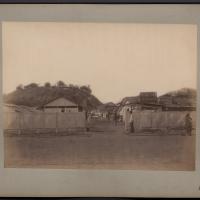 No. 7. - Wari Bunder Hospital, Bombay, arrival of a Plague patient in an ambulance carriage No. 7. - Wari Bunder Hospital, Bombay, arrival of a Plague patient in an ambulance carriage |
Sujet
|
Image fixe
|
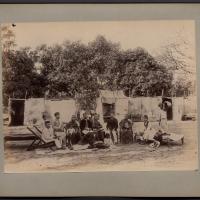 No. 15. - A well-to-do Hindu family who had to leave their own house and live in huts at Malad (Salsette) during the prevalence of the Plague in their neighbourhood No. 15. - A well-to-do Hindu family who had to leave their own house and live in huts at Malad (Salsette) during the prevalence of the Plague in their neighbourhood |
Sujet
|
Image fixe
|
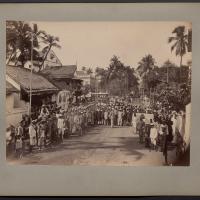 No. 10. - The start for work in the morning - Doctors of both sexes, Health Officials, Justices, Police, Conservancy men, with steam pump and white-washers, ambulance, shigrams and attendants setting out from morning duty No. 10. - The start for work in the morning - Doctors of both sexes, Health Officials, Justices, Police, Conservancy men, with steam pump and white-washers, ambulance, shigrams and attendants setting out from morning duty |
Sujet
|
Image fixe
|
 [Famine People receiving food] [Famine People receiving food] |
Sujet
|
Image fixe
|
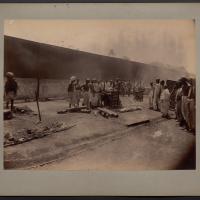 No. 2. - Cremation ceremony in the Hindu burning ground during the time of Plague. The pile of wood is supported latterally by two iron stakes driven into the ground at each side, 5 cwts. of wood are used for burning of an adult body. At the left hand side a body just brought in and still enveloped in cloth, awaits cremation. The ashes of the body are collected and thrown into the sea No. 2. - Cremation ceremony in the Hindu burning ground during the time of Plague. The pile of wood is supported latterally by two iron stakes driven into the ground at each side, 5 cwts. of wood are used for burning of an adult body. At the left hand side a body just brought in and still enveloped in cloth, awaits cremation. The ashes of the body are collected and thrown into the sea |
Sujet
|
Image fixe
|
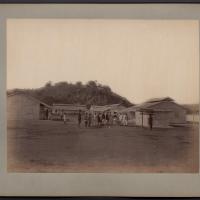 No. 8. - Examination of a man who has recovered from Plague previous to his discharge from the Port Trust Hospital No. 8. - Examination of a man who has recovered from Plague previous to his discharge from the Port Trust Hospital |
Sujet
|
Image fixe
|
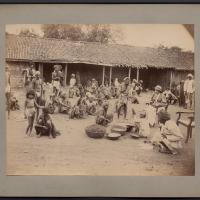 [Sans titre] [Sans titre] |
Sujet
|
Image fixe
|
 No. 3. - Washing buildings and dwellings and flushing house gullies with Municipal steam pump in foreground and fire engine in background. A fire of wood and sulphur burns in front of the building - October 1896 No. 3. - Washing buildings and dwellings and flushing house gullies with Municipal steam pump in foreground and fire engine in background. A fire of wood and sulphur burns in front of the building - October 1896 |
Sujet
|
Image fixe
|
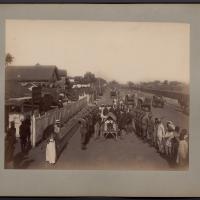 No. 12. - Arrival of a Plague patient in an ambulance entrance of the Wari Bunder Hospital. The pulse of the patient is being examined by the Doctor. The ambulance is entirely of iron mounted on easy springs and carried on cycle wheels with rubber tyres - February 1897 No. 12. - Arrival of a Plague patient in an ambulance entrance of the Wari Bunder Hospital. The pulse of the patient is being examined by the Doctor. The ambulance is entirely of iron mounted on easy springs and carried on cycle wheels with rubber tyres - February 1897 |
Sujet
|
Image fixe
|
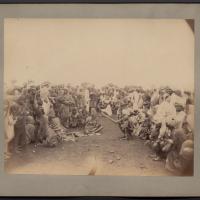 [Famine People receiving wages] [Famine People receiving wages] |
Sujet
|
Image fixe
|
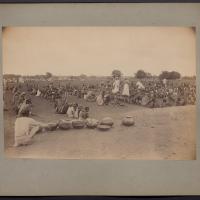 [Sans titre] [Sans titre] |
Sujet
|
Image fixe
|
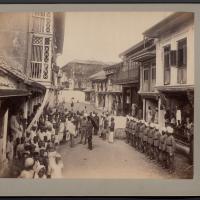 [No. 11. - House to house visitation by Justices of Peace with a military escort and ambulance, in the native part of Bombay, much opposition was at first shown to this work but eventually the alarm of the people subsided. Plague cases continued however to be concealed till the end of the epidemic - April 1897] [No. 11. - House to house visitation by Justices of Peace with a military escort and ambulance, in the native part of Bombay, much opposition was at first shown to this work but eventually the alarm of the people subsided. Plague cases continued however to be concealed till the end of the epidemic - April 1897] |
Sujet
|
Image fixe
|
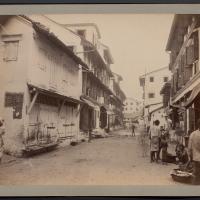 [No. 16. - The house and shop on the left hand side of the street have been declared by the Plague Committee unfit for human habitation and marked U. H. H. : accumulation of filth and insufficient light and ventilation are the causes noted by the Committee] [No. 16. - The house and shop on the left hand side of the street have been declared by the Plague Committee unfit for human habitation and marked U. H. H. : accumulation of filth and insufficient light and ventilation are the causes noted by the Committee] |
Sujet
|
Image fixe
|
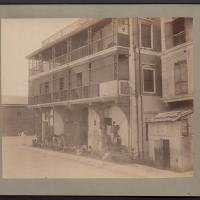 [No. 1. - House in Mandvie Bunder Road where Plague was first recognised in September 1896. The seventeen circles marked against the doorway are registers of deaths from Plague officially recognised. It is currently reported that fifty deaths occurred from the epidemic in this house before the Municipality began to take official note of it] [No. 1. - House in Mandvie Bunder Road where Plague was first recognised in September 1896. The seventeen circles marked against the doorway are registers of deaths from Plague officially recognised. It is currently reported that fifty deaths occurred from the epidemic in this house before the Municipality began to take official note of it] |
Sujet
|
Image fixe
|
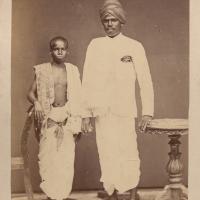 [Sans titre] [Sans titre] |
Sujet
|
Image fixe
|
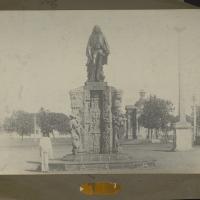 [Sans titre] [Sans titre] |
Sujet
|
Image fixe
|
 2 - Bund anglais gardé par un sihk indien des environs de Calcutta, agent de la police anglaise dans les villes d'Extrême-Orient. Uniforme noir, ruban rouge rayé 2 - Bund anglais gardé par un sihk indien des environs de Calcutta, agent de la police anglaise dans les villes d'Extrême-Orient. Uniforme noir, ruban rouge rayé |
Sujet
|
Image fixe
|
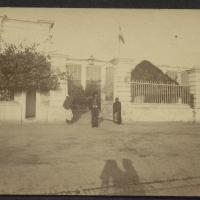 [Sans titre] [Sans titre] |
Sujet
|
Image fixe
|
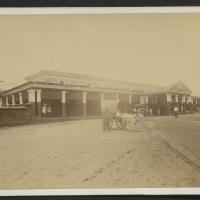 Gare Pondichéry Gare Pondichéry |
Sujet
|
Image fixe
|
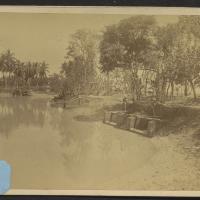 [Sans titre] [Sans titre] |
Sujet
|
Image fixe
|
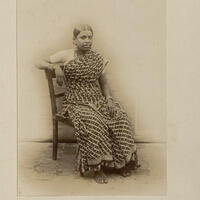 Femmes -- Inde
Femmes -- Inde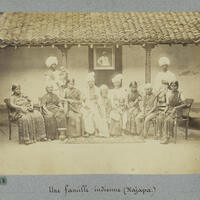 Costume -- Inde
Costume -- Inde Enfants -- Inde
Enfants -- Inde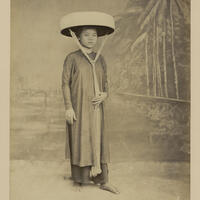 Portraits (photographie)
Portraits (photographie)